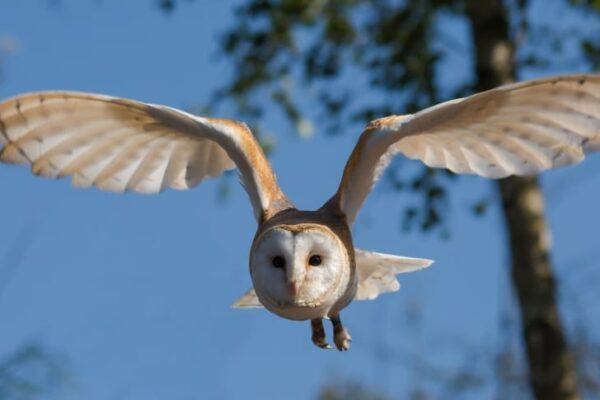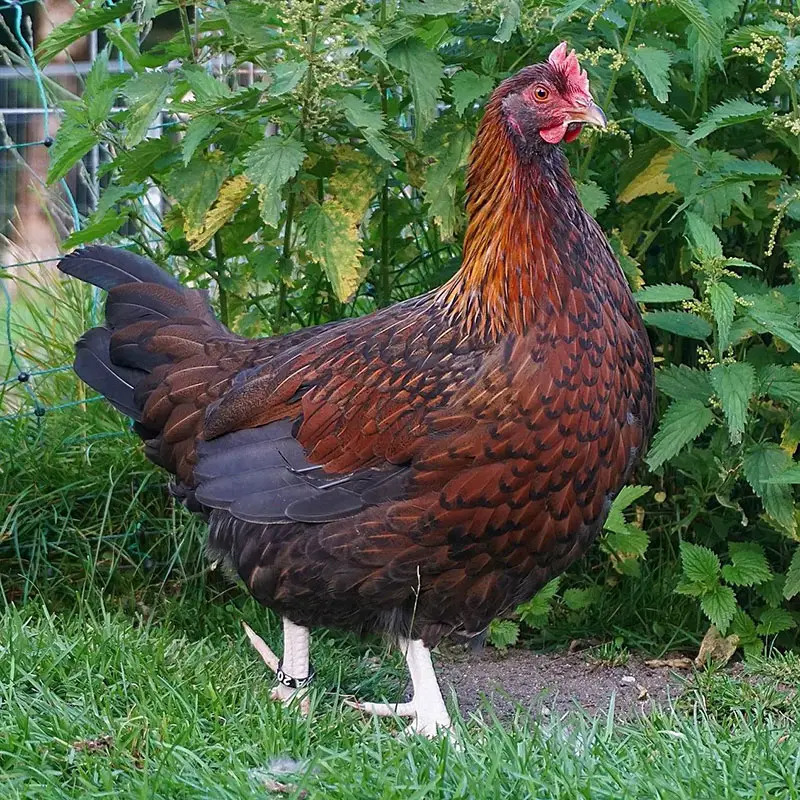Only two of the five genera that make up the neotropical bird family Ramphastidae—the mountain and typical toucans—have birds that go by the common name “toucan.” The remaining three genera are araçaris, dichromatic toucanets, and green toucanets.
These birds vary from one another, yet they all have big bills in common.
Toucans are adored throughout the globe for their enormous, brilliantly colored bills, pleasant features, and wide eyes. There will be many pictures of infant toucans throughout this article’s exploration of information about them!
What is the appearance of a baby toucan?
Baby toucans are tiny, featherless, and blind when they are born. Although baby toucans do not have big bills when they are born, you can see that their bill is already a little bit bigger than you may think it would be.
Regular baby toucans have a very ancient appearance. They can only squirm about as they are completely defenseless!
Many toucan species’ young, like the Toco toucan, are blind for at least two weeks after they hatch.
Toucan bills often take many months or perhaps a year to grow. Although toucans develop swiftly at first, they are long-lived birds that take two to four years to attain full sexual maturity.
What size toucan baby is?
The Lettered Acari, weighing 130 g (4.6 oz) and measuring 29 cm (11 in), is the smallest toucan, while the Toco toucan is the biggest, weighing 680 g (1.50 lb) and measuring 63 cm (25 in).
Because of this, infant toucans vary greatly in size as well, but they are often extremely small. The biggest toucans are Toco toucans, and even their babies are only a few centimeters long, which gives you an idea of how young other toucan species are.

What is the weight of a newborn toucan?
Toco toucan chicks are around 30g in weight, which is comparable to a domesticated chicken chick. Baby toucans are born naked and blind, unlike many other birds that hatch clothed in down or feathers. They get lighter as a result of this than they otherwise could.
What appearance do young toucans have?
In about two to four months, juvenile toucans attain skeletal maturity, which corresponds to their adult body size and weight. However, a young toucan’s feathers and bill don’t fully mature for a long time—possibly up to a year for toucans with the biggest bills, such the Toco toucan.
Younger toucans have shorter, stubbier bills and a scruffy, shaggy appearance. The two-month milestone is when their bill begins to increase significantly.
What’s the name of infant toucans?
Toucan babies are simply referred to as chicks since the English language has a global term for infant birds. There isn’t a term especially for infant toucans.
What’s the name of a clutch of young toucans?
A group of infant toucans has no special name; they are simply referred to as a flock, and very seldom as a durante.
Toucans are often very sociable birds of prey, congregating in flocks of six to fifty other couples and individuals in search of a partner. When mating season arrives, they tend to become more reclusive.
The playful nature of toucans is well-known; Keel-billed toucans have even been seen engaging in a game of “play catch” in which they toss fruit into one other’s bills!
It’s well known that many toucans have playmates with whom they engage in frequent playfighting or daring stunts with their enormous bills. This explains why they are called the “clowns of the rainforest” at times!
What food do toucan babies eat?
The majority of a toucan’s diet, which typically consists of 90% woodland fruits and berries, is fruit and seed-based. They will consume worms, insects, small animals, and even lizards since they are still considered omnivores in theory.
Berries and other soft forest foods are fed to toucan chicks by their parents; these meals are often partly digested and regurgitated into the mouths of the young birds. As they feed their chick, they may often be seen carefully holding a berry at the tip of their beak.
Unbelievably, toucans can also be thieving; they are skilled at taking eggs from other birds’ nests and have even been known to steal and consume nestlings. This is made possible by their long bills, which enable them to reach directly inside the nests of smaller birds.
How are the chicks fed by toucans?
Chicks of toucans get biparental care, which entails both parents tending to the young throughout incubation, feeding, and parenting the fledglings after they leave the nest. Chicks are fed soft meals by their parents, including fruits and berries, which they will first vomit until they can eat tougher things.
Toucans are either serially or monogamous, meaning they remain in their mated pair for the duration of the breeding season before perhaps choosing a new partner. This depends on the species.
What appearance do toucan eggs have?
Generally speaking, toucan eggs have a smooth, dull white color. For a bird of their size, the majority of medium- to large-sized toucan family members lay eggs that are around 4cm (1.5 inches) long.
There are no other notable characteristics on the eggs of some toucan species, save that they contain longitudinal pitted grooves.
How long does it take for toucan eggs to hatch?
Toucan eggs only need to be incubated for 16 to 20 days before they hatch since toucans live in warm tropical areas. The quick incubation time also explains why the newly hatched young toucans are so underdeveloped. The eggs are successively incubated by each parent.
Toucans deposit their eggs when?
Most toucans breed from March to October, with May and Spring being the main breeding seasons.
This varies depending on the location; for example, keel-billed toucans breed in Costa Rica from March to June and in Panama from April to June. They usually choose a dry month with consistent weather, if at all feasible. Toucanets are among the other members of the toucan family that reproduce as early as December. They have the uncommon ability to rear two broods if the first one hatches successfully early in the season.
Can young toucans fly?
Because they must grow significantly before leaving the nest, baby toucans remain nestlings and spend 40 to 60 days in the nest. This is mostly because they are born blind and underdeveloped.
Baby toucans usually start to fly between 45 and 50 days after they are born.
When do toucan babies leave their nests?
Toucans leave the nest at the very latest, around the 40-day mark, however under some circumstances, they may stay until the 60-day mark. Initially, baby toucans will leave their nest to take a quick look around or rest on nearby branches, but they will never go too far from their parents.
Post-fledgling care may continue for a further two or three months. The toucan will probably remain quite near to the parents until the end of the year, however, it may eventually leave the nesting area and join a flock. Since many species of toucans don’t usually go very far from their birthplace, they are not migratory birds.
Are toucan nests reused?
Reusing nests is something toucans are known to do when their offspring are nurtured well. In the event that they don’t find a suitable tree hollow, they will attempt to build a new nest around six weeks before they plan to brood.
Although the Green toucanet has been seen to do so, toucans typically build their nests in tree cavities rather than digging them out with their huge bills. Rather, they make extensive plans ahead of time and look for appropriate tree hollows to border with soft grasses.
For what duration do young toucans remain with their parents?
Up until they leave the nest, baby toucans are raised by both parents for 40–60 days, but the parental care doesn’t end then.
For a further two to four months or more, the parents will continue to feed the chicks and monitor them near the nest, and the chicks may stay at the nesting location for an extended period of time.
The toucans’ diligent and kind parents alternate in raising and feeding their young. In addition, they have excellent hygiene, often clearing the nest of any waste or excrement, which reduces the risk of illness.
How long does it take for toucan bills to grow?
The enormous toucan bills are around three or four times the size of the bird’s head! There are several hypotheses as to why they have such huge bills; Darwin suggested that it helped the males attract females. Subsequently, ornithologists contended that the bird’s ability to remove berries and other foods from trees must be another practical use of its bills.
According to more recent research, toucan bills function as a massive heatsink that helps the birds effectively cool down in very hot conditions since they make up around 40% of the total surface area.
The growth period of toucan bills is months, and in large-billed species like the Toco toucan, it may take up to a year. Interestingly, researchers also discovered that since young toucans are less skilled at controlling blood flow to the beak than adults, they are less effective at spreading heat via their bills.






